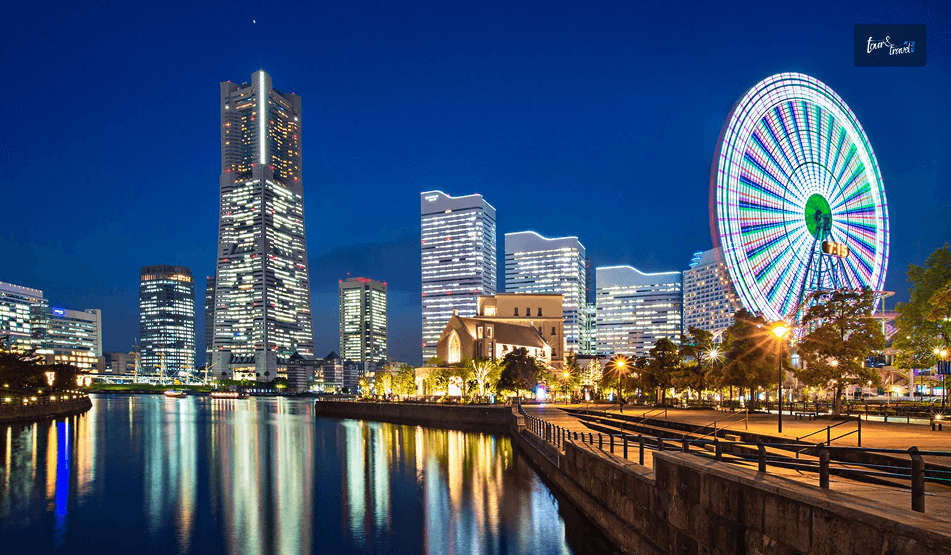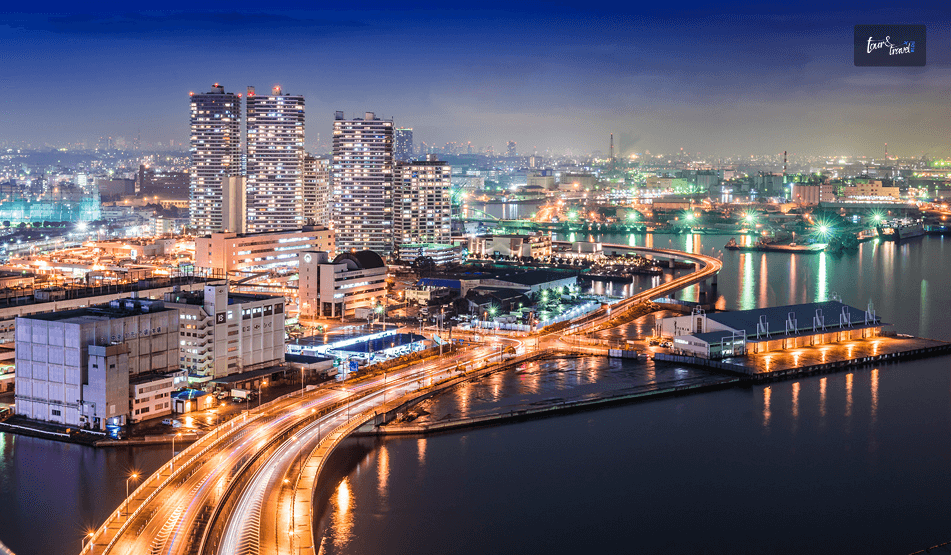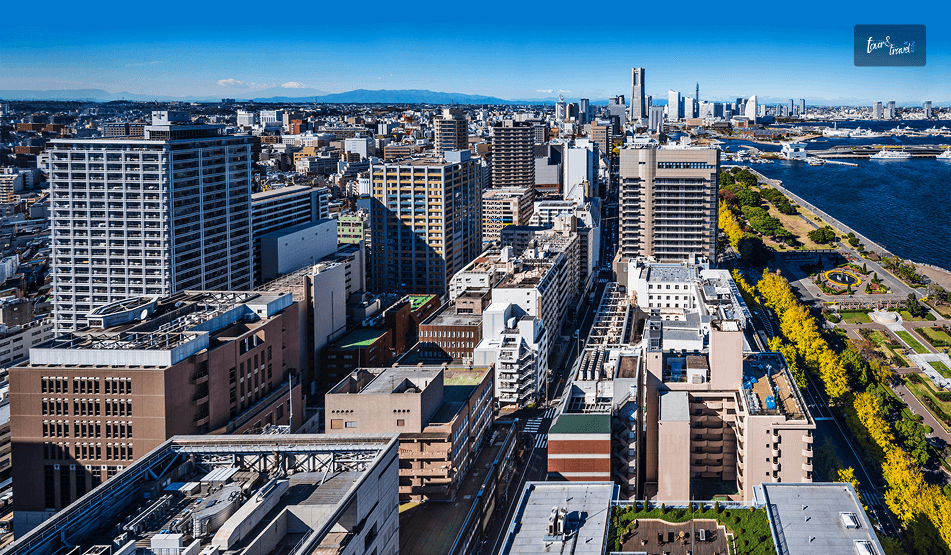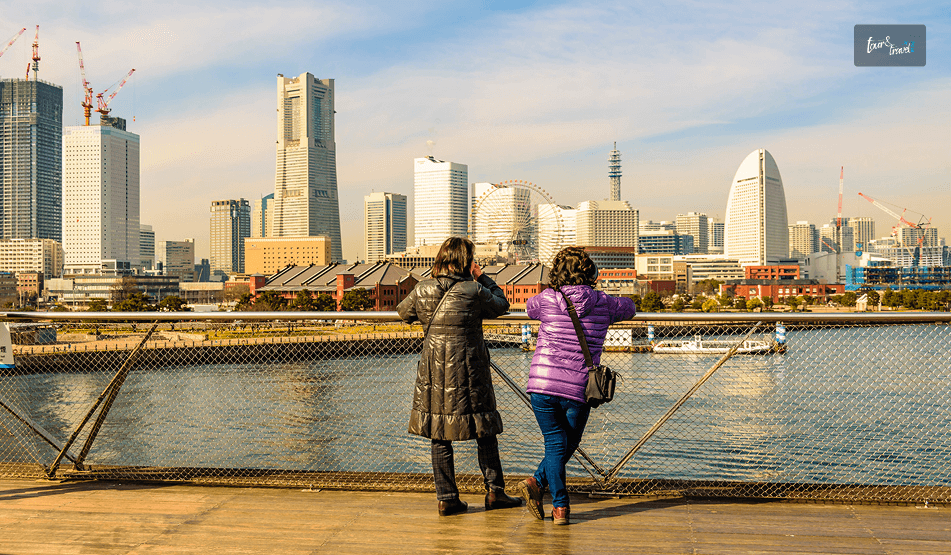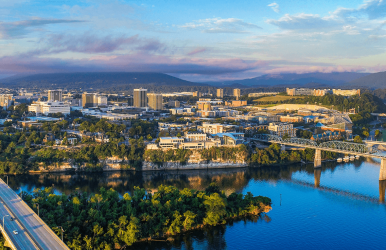What Is The Closest Beach To Chattanooga, Tennessee? The Ultimate Beach Fun With Camping
BY Sibashree Apr 22, 2025
With Tennessee tourism recording a visitor spending of $30.6 billion in 2023, the state is anticipating robust growth in the tourism sector. However, what Tennessee lacks is a beautiful ocean beach. Being a landlocked state, the state misses out on the perks of beach tourism. So, during our stay in Chattanooga, we did not know where to go for an outdoor swim and all the beach fun. We all loved the Chattanooga Choo Choo rides, Lookout Mountain, and Ruby Falls. But we were craving a beach visit really badly. Thanks to our hotel owner, we got to know about Chester Frost Park, the closest beach to Chattanooga. It took us less than half an hour to reach Chester Frost Park from Chattanooga. However, Chester Frost Park, with Chickamauga Lake, has a lake beach. If you want to see an ocean beach, you need to at least travel to Tybee Island or Panama City Beach. In this Tour and Travel blog, I will primarily focus on my experience at Chester Frost Park. However, I have also talked about the best time to plan a trip and shared brief accounts of Panama City Beach and Tybee Island. What Is The Best Time To Visit The Closest Beach To Chattanooga? Spring and fall are the best seasons to visit Chattanooga and the nearby beaches. The months of March, April, and May are the spring season in Chattanooga. The temperature in these months ranges between 7 to 26 degrees Celsius. Again, September to November or the fall season in Chattanooga is beautiful with the foliage changing its color and a nip in the air. Also, during the fall season, it rains only 5 days a month, and the temperature hovers around 8 to 28 degrees Celsius. What Is The Closest Beach To Chattanooga? Inside The Chester Frost Park Location: 7872 Causeway Road, Hixson, TN 37343 Contact Number: 423-209-6894 Entry and Beach Activities: Free (Charges applicable for camping and pavilion, and shelter rentals) Beach Area Hours: Daylight to Dark With Chickamauga Lake, Chester Frost Park is your happy space if you are looking for the closest beach to Chattanooga. This place is also historically significant as it has the Jackson Chapel Cemetery, the oldest in Hamilton County, and Dallas Hill, which has been the original county seat since 1822. We enjoyed our swimming sessions in the Chickamauga Lake. The waves were calm, and the soft sand on the shores made a delightful sight. Once we were done after the first round of swimming, we had great fun catching bass and crappie. Also, we were lucky enough to spot herons, river otters, and egrets in Chester Frost Park. Other beach activities in Chester Frost Park are: 1. Camping Along with tents and camping options, Chester Frost Park also has 188 RV sites. These sites have electrical hookups. 2. Hiking Chester Frost Park has some easy trails. Also, the park allows leashed pets, except in the beach areas. So, you can enjoy a family walk along these trails and spend some time in nature. 3. Boating And Other Water Sports You will love paddling, kayaking, or a ride in the powerboats during your time at the Chester Frost Park. 4. Picnic Chester Frost Park has many picnic shelters. You can enjoy a laid-back time, having your favorite snack and drink while enjoying the best views of the lake. What Is The Closest Beach To Chattanooga By The Ocean? Tybee Island is the closest beach to Chattanooga by car if you want to hit a beach by the ocean. The distance from Chattanooga to Tybee Island is 383 miles. You need to travel around 6 hours from Chattanooga to reach Tybee Island. Nestled in the Atlantic Ocean, Tybee Island in Georgia is also the closest ocean beach to Chattanooga. A proud member of the Best Islands in the United States club in the Conde Nast Traveler Readers’ Choice Award, Tybee Island has beautiful, pristine beaches, and its historic landmarks, such as the Lighthouse and Fort Pulaski National Monument, make it a popular tourist attraction. The pristine beaches here are North Beach, Mid Beach, South Beach, and Back River Beach. Also, you must not miss a visit to Little Tybee Island, the twin of Tybee Island. Moreover, Savannah, the historical epicenter of Georgia and the entire USA is less than 30 minutes away from Tybee Island. Recently, Tybee Island has been the center of attraction with the just concluded Orange Crush fun on 19th April 2025. Is Panama City Beach Close To Chattanooga? No, Panama City Beach is not located near Chattanooga. The distance from Panama City Beach to Chattanooga is around 630 km. The most affordable and convenient way to travel from Chattanooga to Panama City Beach is by car. However, if budget is not a constraint for you, you can take a flight from Chattanooga Metropolitan Airport (CHA) to Orlando. Also, flights to Chattanooga Metropolitan Airport (CHA) are available from Northwest Florida Beaches International Airport (ECP). Delta and American Airlines run these flights. Why Will I Visit Panama City Beach From Chattanooga? A part of the Emerald Coast, Panama City Beach is a crown jewel in the growing beach tourism or ocean-based tourism industry in Florida. It has white sandy beaches, and the water with the shades of blue and green creates the most picturesque frame. Also, ideal for a fun break in the Sun, Panama City Beach is also famous as “The Spring Break Capital of the World.” Having said that, the beautiful Panama City Beach is now affected by the obvious impacts of overtourism. So, the Florida Authorities want to restrict tourism activities to this beautiful beach. In fact, the city authority is now planning to transform Panama Beach into a family destination to avoid violence, shootings, and unpleasant activities. "Since the wild days of 2015, when spring break chaos pushed us to rethink our path, we've made tremendous strides and have seen some setbacks. That year's violence, shootings, a beach assault, and rampant disorder spurred tough ordinances, like our March alcohol ban, and a unified effort to shift Panama City Beach from an unsafe spring break haven to a welcoming family destination.”Post Shared On Meta on 13th April 2025 by Tommy Ford, Bay County Sheriff What Is The Closest Beach To Tennessee? The closest beach to Tennessee will depend on the part of the state you are in. For example, Dauphin Island in Alabama and Pensacola in Florida are some of the closest beaches to Nashville. You need to make a journey of around 7 hours to reach any of these beaches. However, Sullivan’s Island and Myrtle Beach in South Carolina are the closest beaches to Knoxville. Again, as I have already mentioned in the blog, the closest ocean beaches near Chattanooga are Panama City Beach or Tybee Island. Tennessee, anyway, is a landlocked state. Yes, there are lakes such as Norris Lake, Center Hill Lake, Chickamauga Lake, and Cherokee Reservoir. However, if you need an ocean beach experience, you need to travel at least to Panama City Beach, Tybee Island, or states like South Carolina and Florida.

